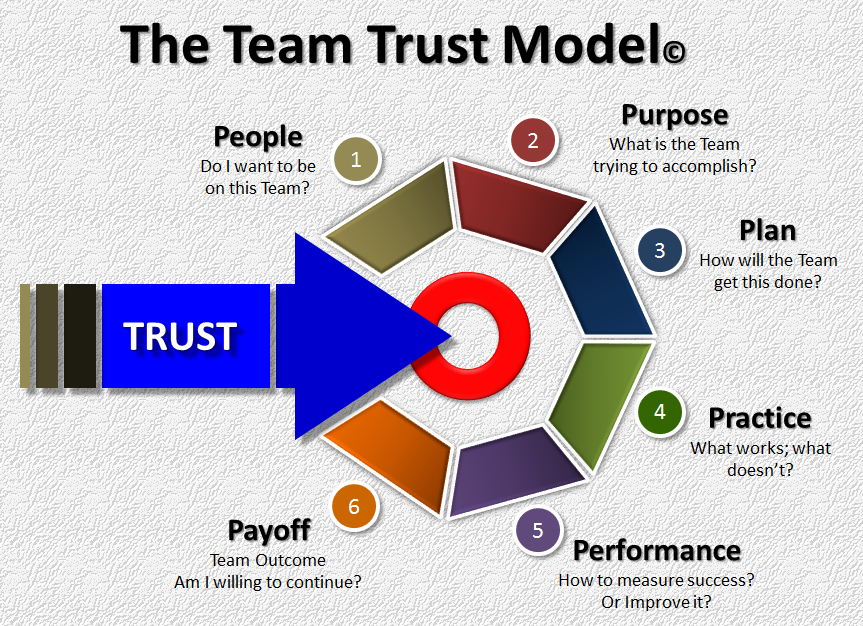By Doug Thorpe.
Do you think your work team is just average? Have you ever thought about ways to make it better?
What if you had a highly effective and productive team?
Being a leader at work, at home, or in your community suggests just that. Your team has to be hitting the right marks to make you feel like your leadership is going somewhere.
When I start working with my executive coaching clients, we usually start out with very personal thoughts and ideas. They usually are looking for ways to improve something (or several somethings) about their ability to lead.
Yet upon reflection, the issues they frame as personal matters inevitably manifest as team-level issues. On one hand, they are saying “If I did more of ‘X’ I believe I would become a better leader.” What is really happening is them saying “My team would operate at a higher level if I could help them with (blank)….”
It makes good sense that leaders should seek ways to influence their followers.
If you think you’re leading and no one is following, you’re just walking around.
John Maxwell
The Study
In a recent study published by Google, they revealed the findings from a two-year deep dive into the makings of their highest performing teams. The effort was named Project Aristotle.
While they uncovered several key aspects that contributed to making a great team, there was one that stood out. In the study, they discovered the number one attribute present in all the best teams was something called “psychological safety.”
Read the whole section on this idea and you learn they are talking about trust.
Team Trust
So you get it. Trust is the right stuff to make a great team. How does a leader build trust?
I’ve uncovered six key questions employees ask themselves about the teams they are on.
Each question builds on the previous one(s). If leaders fail to provide clear and meaningful answers to these questions, employees either are not clear about the mission or not committed to the cause.
Fail on too many questions and the team is downright dysfunctional. Get them right though, our team will be unstoppable.
Here We Go
These are the six questions to know and understand.
Team Trust (graphic goes here)
People – Do I even want to be here? Each team member asks this fundamental question. Each member of the team must satisfy this basic question before any other work can be achieved.
Purpose – Do I understand why we exist as a team? Is there clarity around our mission? Each member of the team must satisfy this next question to gain clarity before commitment.
Plan – How is this going to be done? I understand the purpose but tell me more about how we’re going to do this. What is the plan that will be followed to get things done?
Process – What drives the way we will do things? This is the practice step or execution. What works and what does not? If we discover something is not working, how will we change that? There should not be any artificial roadblocks in the way of team success.
Performance – How will we measure success? Will it be a fair assessment? Fair and equitable standards and tools for performance evaluation and measurement are required. Old, stale ways of waiting for annual reviews must be eliminated. Today’s workforce demands better feedback and coaching from their leaders.
Payoff – What is the payoff for accomplishing everything we set out to do? Are the rewards worth the effort? Rewards are not limited to monetary compensation. Think about recognition, pride, self-esteem, and other measures of achievement.
To learn more, visit the page I have dedicated to the Team Trust Model.
If you enjoyed reading this article, please recommend and share it to help others find it!
Doug Thorpe, Master Coach, has been helping leaders uncover and develop what’s needed to achieve both individual and organizational goals, using tangible measures for coaching success and involving key stakeholders along the way. You can achieve new heights in leadership that spans the age, culture, and the matrixed priorities of today’s organizations. Visit his blog.



